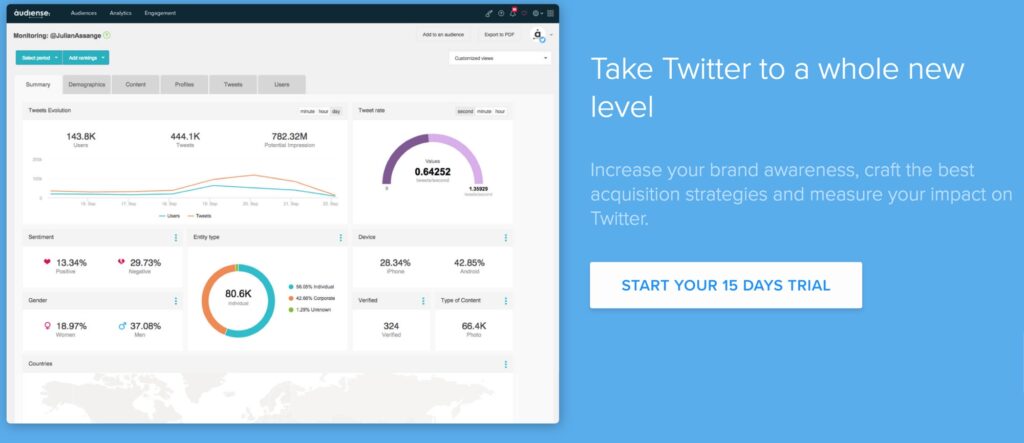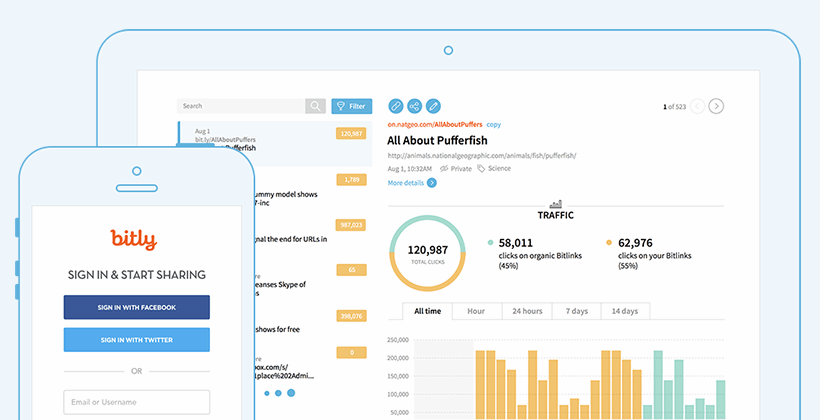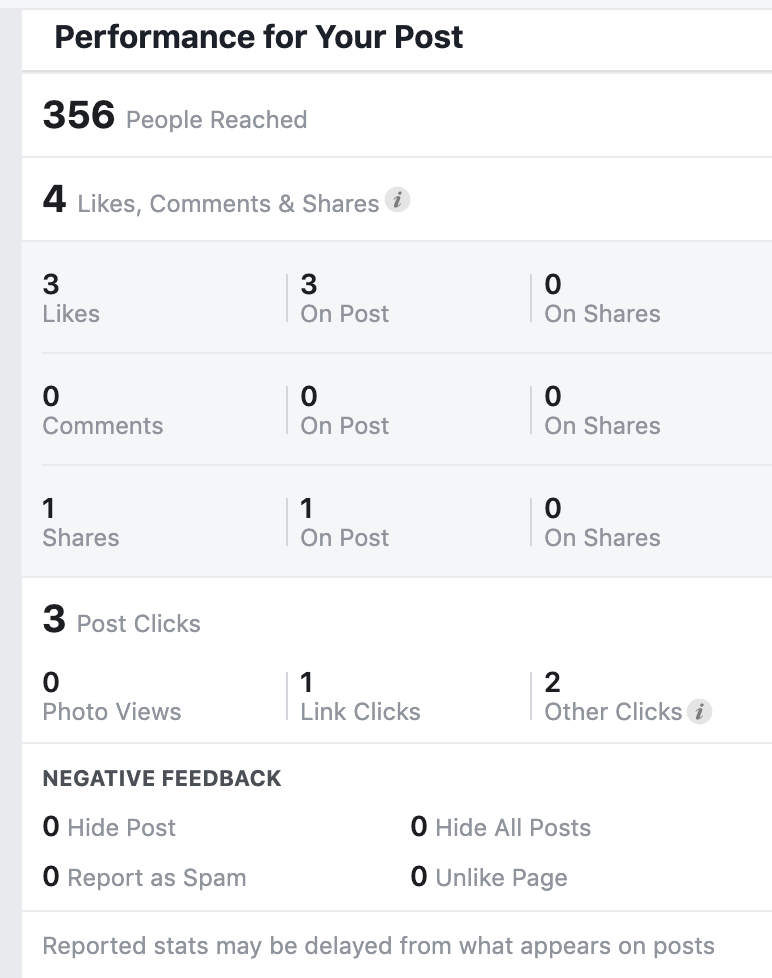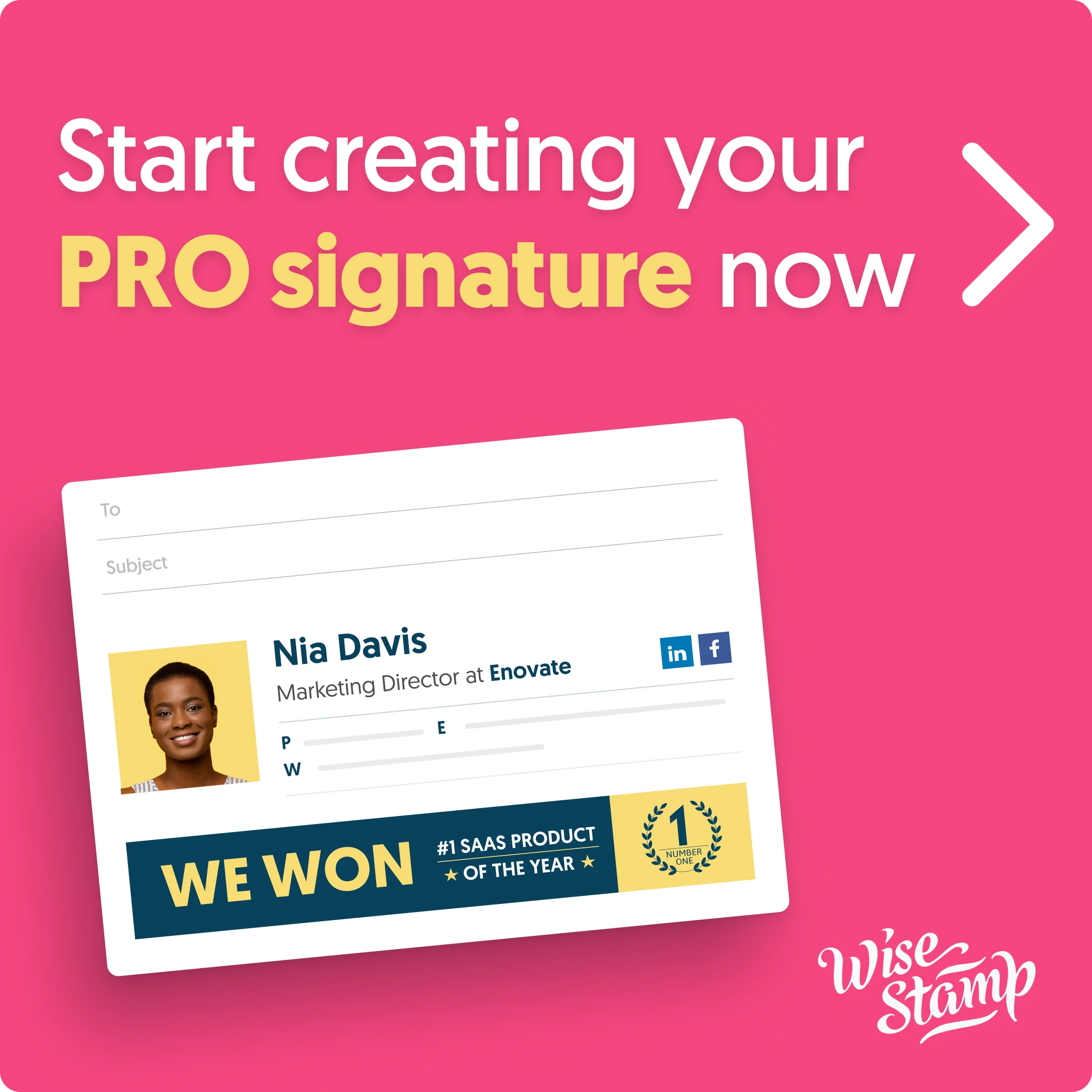
This article will help you and your small business reach your goals by following a few simple steps. These steps are represented by the SMART goal theory which is a carefully planned, clear and trackable objective.
SMART stands for Specific, Measurable, Achievable, Relevant, and Time-based. If you are looking for a business compass that will set you on a course for growth, you’ll want to read this article.
Have you asked yourself what your business goals are for this year? Some people may say “I want to grow my business by 10% by the end of the year”. Don’t get me wrong, growing your business by 10% is an amazing milestone that should be celebrated. SMART goals can increase that 10% to the max. Let me break it down for you!

How to set your business SMART measurable objectives
When you are first developing your business, you may find it more difficult to set key metrics. You probably won’t have any idea how many social media followers you have gained per activity or shares you’re going to enjoy; no benchmark for the number of emails you’ll make before you find a prospective lead; neither do you know how many leads a single advertisement will create.
As a professional just starting out in the freelance world, you’re naturally going to have to wear a lot of hats. There are numerous types of positions that must be managed by yourself. A very important hat that you will have to wear is the marketing chapeaux.
In order to truly succeed you’re going to have to be extremely proactive about activities, you spend your time on. You will have to educate yourself about your business needs and calculate the effectiveness of your daily tasks. For this specific reason, it’s very important to set your goals straight, otherwise, you might deal with further issues down the road.
Now let’s go through the SMART framework to see how to build measurable business goals that bring growth.
1. Specific
Specific is represented by how clear and direct your business goals are and what you want to achieve.
In order to remember important facts, we must write them down. write down what you want to do with the actionable words.
For example, “I want to gain more clients this year” Instead you will write ” I will close the deal with 6 new clients a month, for the next year”. Make sure you are focusing on a very specific action that will determine what exactly you are going to do.
Questions to keep in mind
- What do I want to accomplish?
- Why is this goal important?
- Who is involved?
- Where is it located?
- Which resources or limits are involved?
2. Measurable
Measurable is the evidence that is represented by metrics that will prove if you are making progress toward your business goals.
Once you have been in the industry for a while you will be able to measure your successes. For example, you’ll be able to look back on each of your activities and be able to measure your impact on social media as well as your conversion rates. By understanding the number of activities and the type of activities, it will help you understand how proactive you are
Questions to keep in mind
- How much?
- How many?
- How will I know when it is accomplished?
3. Achievable
Achievable can be described as what accomplishments are made within a certain timeframe that will help keep you motivated and focused.
Your goal needs to be realistic and attainable in order to be successful. It should stretch your abilities but still remain possible. By identifying which activities are achievable to you will get a better understanding of your actions that do generate traffic. You will be able to indicate how you’re doing and which changes need to be made in your plan.
Questions to keep in mind
- Do you have the time to complete the required training effectively?
- Do you have the available resources?
- Do you have the financials to do it?
4. Relevant
Make sure your current business goals are aligned with your values and larger, long-term goals. This step is about ensuring that your goal matters to you!
This step will indicate and provide you with a benchmark sign. By understanding the measures you will know what your future efforts and goal will be. It will also allow you to identify if this activity is relevant, and is it crucial for your business’s success. If you don’t measure if the activity is relevant it will cost you in the long run.
Questions to keep in mind:
- It is worth it?
- Is this the best time?
- Does this equal other efforts/needs
5. Time based targets
Time-based targets are having an end-date that can help provide motivation and help you prioritize.There is a time limit for everything, this is where you can figure out if certain activities have been a waste of time and money. Without figuring out what doesn’t work, you’ll continue to waste time and money and risk finding yourself in a perpetual cycle of loss.
Questions to keep in mind:
- When?
- What can I do, 2 months from now?
- What can I do for 2 weeks from now?
- What can I do today?
What this means is that everything must be recorded: your social media interaction (Facebook, Twitter, LinkedIn), how much traffic was driven to your site, what specific activity drove the traffic to your site, the emails you send and their outcome, customer referrals – everything. Be diligent in recording the different aspects of your business.
Now, that you know the importance of tracking your business activities, in order to aline your goals, we have provided you with some tools that can help you collect the data that you need.
SMART goals for Linkedin
There are several metrics that you should be keeping track of on Linkedin. These include:
- Total connections– How many people are you connected with?
- New connections– Have you connected with anyone new recently?
- Linkedin Profile views– Who has been looking at your profile page?
- Likes and comments on updates – Have you received any comments or likes on a recent status update?
- Likes and comments on shared links: Have you received any likes or comments on a link that you shared in one of your groups?
You can easily track all of these metrics directly through Linkedin.
Tracking your SMART goals
Now that you know the framework for coming up with SMART objectives, we should talk a bit about how you track your performance against these new goals. In case you’ve set goals for your digital activity you should be collecting data measuring your performance from day one.
Tracking SMART goals for your website with Google Analytics
Google Analytics is the most commonly used web analytics service. It’s a free service offered by Google which provides you will all of the information that you need to know about your website’s visitors.
Some of the information that Google Analytics can provide you with includes data about where visitors are coming from, what keywords they used to find your site, what pages they spend the most time on, what links they click on and where they are located Geographically. You can also use Google Analytics to track your social media activities and see which social platforms bring the most traffic to your website.
There are several steps involved in linking Google Analytics to your website and setting up the metrics that you would like to track, so it’s a good idea to follow this checklist when getting started, to make sure you follow all the of the right steps.

For a deeper understanding of how Google Analytics works and what it can do for you, I suggest that you take the Google Analytics Academy courses.
Tracking SMART goals for your social media with Social Bro
For tracking my Twitter activities I like to use SocialBro. With SocialBro you can view a list of everyone that you follow, people that follow you and mutual follows, and filter the list by different criteria. For example, you can filter your list of followers to show you who tweets the most frequently or which of the people that you follow has been inactive. You can also track who has unfollowed you, which can provide valuable data about the response that you are receiving to the tweets that you share.

In addition, SocialBro will also provide you with helpful analytic reports, such as the best time to tweet, based on when your followers are online, and suggestions of other people you may want to follow on Twitter.
Tracks your social media links with Bitly
Bitly is a tool that make shortened links for use in your social media. When you share a link on Twitter you don’t want to waste any extra characters you can shorten the URL using Bitly. This also works to clean up posts with links in Facebook, Instagram and so on.

Once you’ve shortened a link using Bitly you can then track the analytics for that link and see how many people clicked on it or shared it and how that link performs over time.
Track your Facebook goals with Facebook Insights:
For tracking activity on your business Facebook page, Facebook offers a pretty handy tool of its own, with Facebook Insights.
The Insights are easily accessible to all page Admin, from a tab in the menu bar, across the top of the Facebook page. There you will find stats on the page’s posts, fans and reach. You can also click on the “people reached” link at the bottom of each post for detailed stats on that post.

Your next steps:
- Measure the effectiveness of your business.
- Make sure your metrics follow SMART criteria.
- Record all actions related to your goals. After your first year in business go back and measure. How did you fare? What worked? What didn’t? Where should you invest more time and money? Where should you invest less?
- Make an action plan for your next year based on the metrics of the previous year. This time don’t wait an entire year to measure. Measure at every quarter or six months. How did you fare? Repeat as above.
Take-home Tools:
- Buffer will help you schedule content and automatically post it to the channels you select. Its helpful dashboard will enable you to view what posts are getting the most attention.
- WiseStamp Pro offers you a professional-looking email signature that will transform each email you send into an opportunity to promote your business.
- Google Analytics is a powerful service that can generate detailed statistics about your site’s traffic and its conversion rate to sales.

